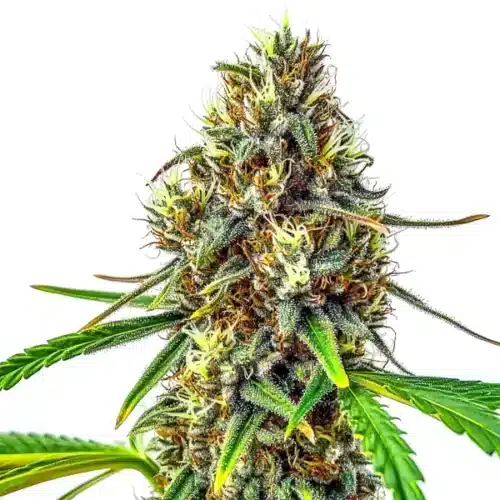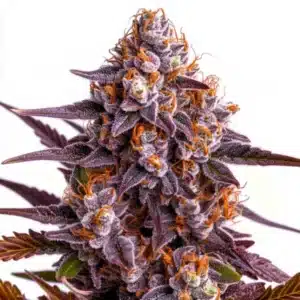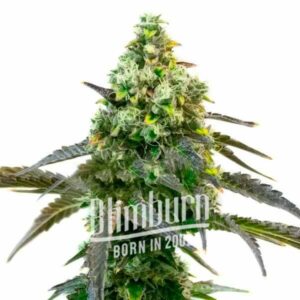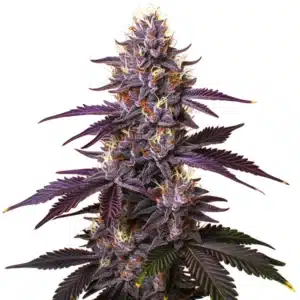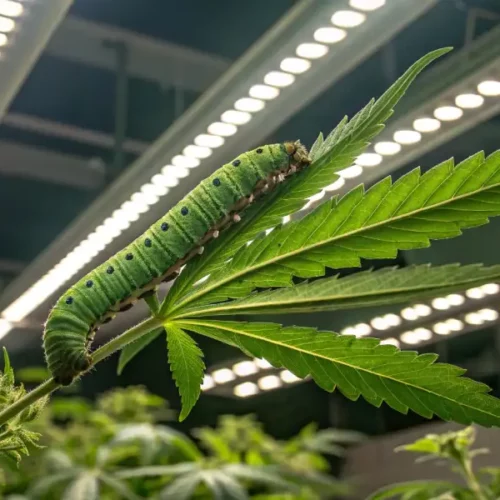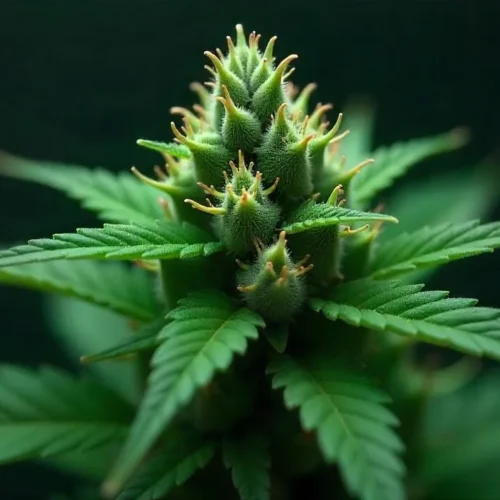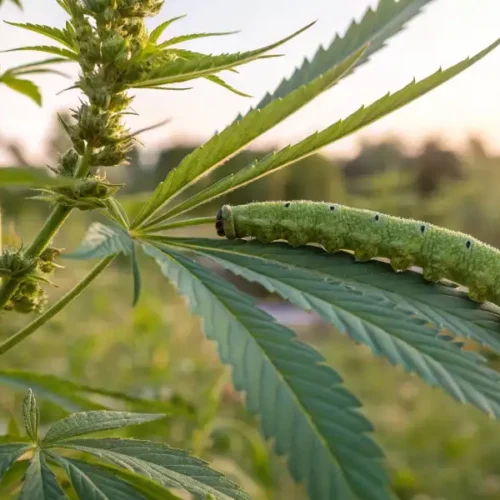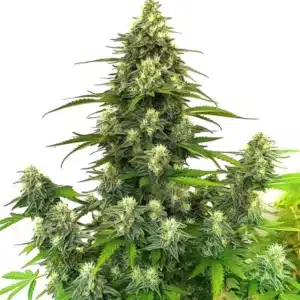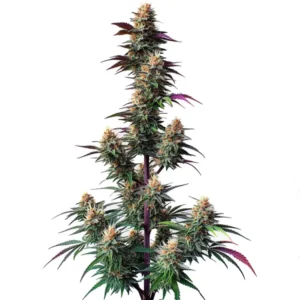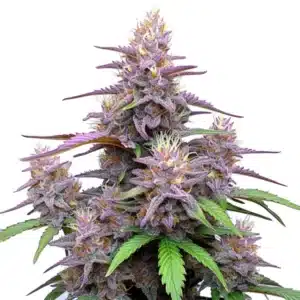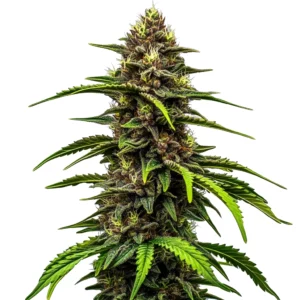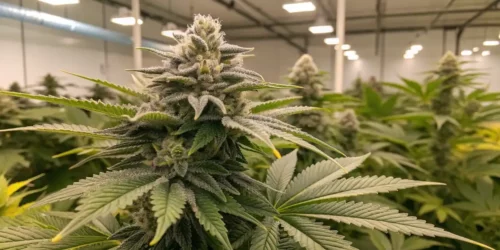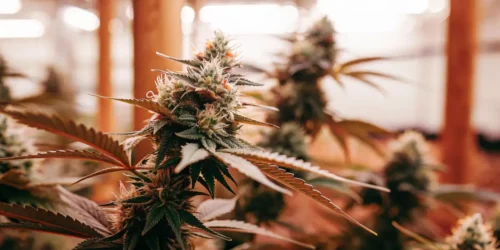Autoflower LST, or Low Stress Training, is a technique that many cannabis growers use to maximize the yield and control the structure of their plants with minimal stress. This method is especially beneficial for autoflowering cannabis strains, which have a compact life cycle and limited time to recover from stress. In this article, we will explore the ins and outs of applying LST to autoflowers, also known as lst autoflowers, from the basics to more advanced strategies, ensuring you get the most out of your plants.
When to Start LST Autoflower
Determining when to start LST autoflower, or when to start LST on autoflowers, is pivotal for maximizing your plant’s potential. Autoflowers rapidly progress through their growth stages, leaving a narrow window for effective training. The best time to begin low stress training, or LST, is once your autoflower has developed 4–6 true leaves. This typically occurs around the third week of growth. For best results, following an autoflower LST guide can help ensure you’re applying the right techniques at the right time.
Recommended Strains
24K Gold Regular
 THC: 19% - 22%
THC: 19% - 22% Type of seed: Regular
Type of seed: Regular Phenotype: Mostly Indica
Phenotype: Mostly Indica Day to flower: 9 - 10 weeks
Day to flower: 9 - 10 weeks
24k Gold Autoflower
 THC: 18% - 24%
THC: 18% - 24% Type of seed: Autoflowering
Type of seed: Autoflowering Phenotype: Mostly Sativa
Phenotype: Mostly Sativa Day to flower: 8 - 10 weeks
Day to flower: 8 - 10 weeks
Starting LST autoflower at this stage allows the plant to adapt to training before entering the flowering phase. It is crucial because autoflowers switch to flowering based on age, not light cycle changes. Early LST helps create a bushier, more evenly spread canopy. This leads to better light distribution across the plant, crucial for optimal growth and yield.
It’s important not to rush into starting LST autoflower. Waiting until your plant has enough foliage provides a strong enough structure to withstand the gentle bending and tying involved in LST. Additionally, ensure your plant is healthy and well-watered before you begin. Stressing a weakened or under-watered plant can hinder its growth instead of enhancing it.
Initiate LST autoflower when your plant shows four to six true leaves, around the third week, to take full advantage of its vegetative growth phase. This timing ensures that your autoflower can handle the training and fully benefit from the improved light exposure and space usage.
Promos & Deals
How to LST Autoflower
Autoflower LST begins with the essential preparation of your tools and plant. You will need soft plant ties or low gauge wire, which allows for gentle manipulation without damaging the stem. First, ensure your autoflower is hydrated and healthy before starting any training.
When performing low stress training autoflower techniques, position your plant so that you can easily access the main stem and branches. Start with the main stem; gently bend it towards the horizontal plane. Use your ties to secure the stem to the side of the pot or the edge of your growing container. It’s crucial to avoid sharp bends that could snap the stem.
As new lateral branches develop, apply the same technique. Gently bend outward from the center to create a more open, even canopy. This step increases the plant’s exposure to light, which is vital for optimal growth and bud development.
Continue to monitor your plant’s growth daily. Adjust ties as needed to help maintain the shape you are aiming for. The goal is to create a flat, wide plant that uses light more efficiently than a traditional vertically grown cannabis plant.
Throughout the process, be vigilant for signs of stress such as discoloration or wilting. If any issues arise, reassess your technique to ensure you’re applying gentle pressure and not straining the plant’s natural growth.
By following these steps in how to LST autoflower, you’ll encourage your plants to develop a more productive structure. This structure not only enhances light absorption across a greater leaf area but also promotes air circulation around the buds, reducing the risk of mold and pests.
LST Autoflower Step by Step
Low Stress Training (LST) optimizes growth and increases yields in autoflowering cannabis. Here’s a detailed, step-by-step guide to applying LST techniques to your autoflower plants. This method enhances light exposure and promotes a healthier plant structure.
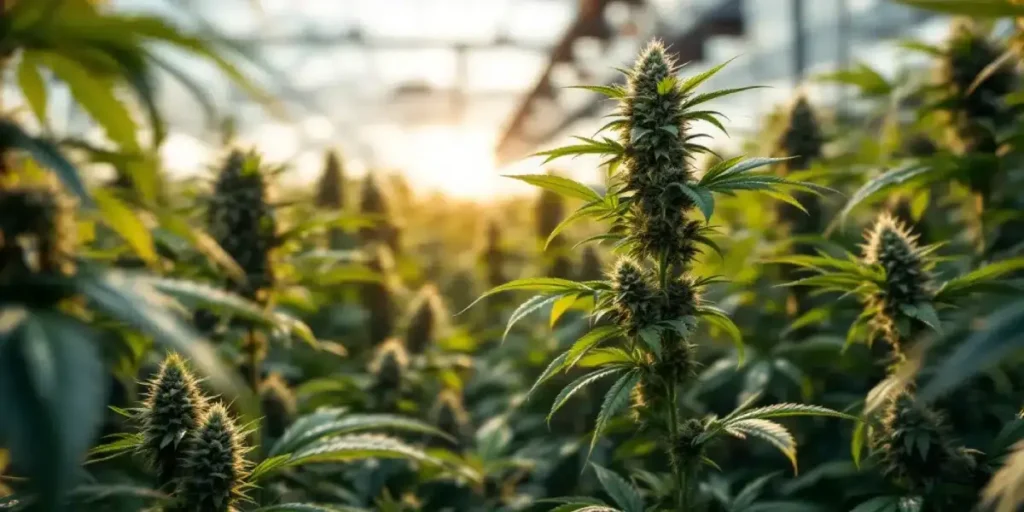
Step 1: Preparing Your LST Autoflower
First, ensure your autoflower cannabis is healthy and stable. A strong start reduces stress during the LST process.
Step 2: Bending the Main Stem
Carefully bend the main stem. Anchor it horizontally using soft plant ties. This step increases light penetration to lower branches.
Step 3: Securing Secondary Branches
As secondary branches grow, gently bend and tie them down. This method maintains an even canopy across your autoflower.
Step 4: Monitoring and Adjusting
Regularly check your plant’s progress. Make necessary adjustments to ties and branches. This ensures optimal growth and prevents damage.
Step 5: Encouraging Horizontal Growth
Continue guiding the growth horizontally. This maximizes exposure to light and promotes even development.
Step 6: Final Adjustments Before Flowering
Before your autoflower enters the flowering stage, make any final adjustments. Ensure all branches are properly exposed to light.
By following these steps, you will effectively apply LST to your autoflower cannabis. This method significantly improves both yield and health.
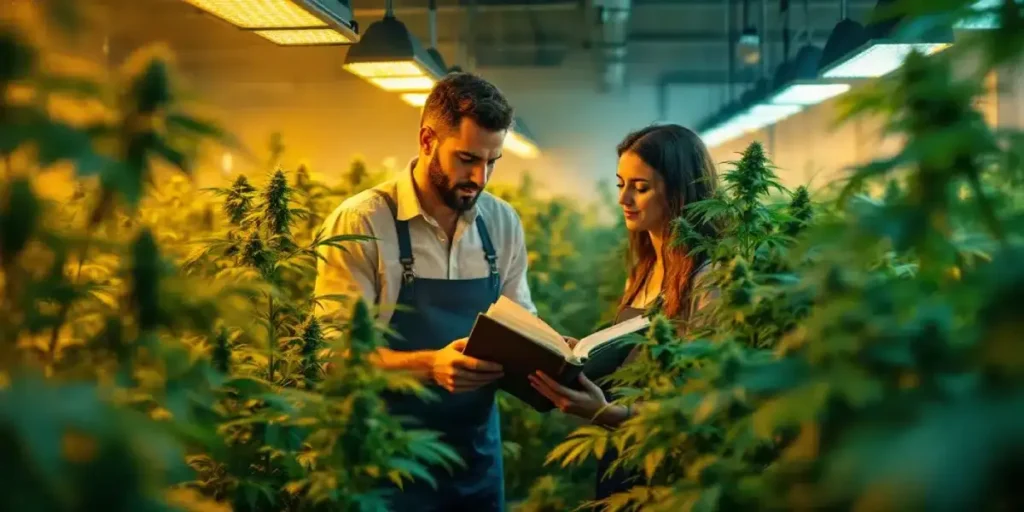
Step 7: Ensuring Adequate Airflow
As your autoflower grows, ensure each branch has sufficient space. Good airflow prevents mold and supports overall plant health.
Step 8: Responding to Plant Signals
Observe your autoflower closely for any stress signals. Common signs include drooping or discolored leaves. Adjust your LST approach if you notice any of these symptoms.
Step 9: Encouraging Bushy Growth
Encourage a bushier plant structure by securing outward growth. This technique helps your autoflower develop more bud sites.
Step 10: Keeping a Growth Log
Document each step of your LST process. A growth log helps you refine techniques for future grows.
Step 11: Adjusting Light Intensity
As you train your autoflower, adjust light intensity as needed. Proper lighting is crucial for maximizing the benefits of LST.
Step 12: Preparing for Harvest
As harvest approaches, gradually reduce LST manipulations. Allow your autoflower to strengthen its branches for the upcoming yield.
By meticulously following each step and adjusting to your plant’s needs, you’ll master LST for autoflowers, leading to enhanced yields and healthier plants.
LST Autoflower Plants
Low Stress Training (LST) significantly boosts autoflower plants’ productivity. This technique maximizes exposure to light and airflow, crucial for robust growth. By gently bending and tying the plants’ stems, growers encourage a horizontal growth pattern. This method ensures even light distribution across the plant, vital for optimal photosynthesis.
The horizontal structure achieved through LST allows lower buds to thrive—buds that would otherwise remain underdeveloped due to lack of light. Each branch receives equal light, promoting uniform bud formation. This not only increases the yield but also improves the overall health of the plant. Growers following an lst autoflower step-by-step guide can optimize light exposure and airflow, reducing the risk of mold and diseases that are common in dense, vertically grown plants.
Furthermore, LST makes autoflower plants more manageable. The controlled shape fits better in limited spaces and under grow lights. This is particularly beneficial for indoor growers working with space constraints. Regular adjustments to the ties guide the plant’s growth and adapt its shape to the grower’s needs.
Implementing LST also speeds up the harvesting process. With a more open plant structure, trimming becomes less labor-intensive. Growers find it easier to access all parts of the plant, reducing the time and effort needed during harvest.
Overall, LST is an essential technique for anyone cultivating autoflowering cannabis. It not only optimizes growth conditions but also significantly enhances yield and ease of cultivation. For optimal results, starting LST early in the plant’s life cycle ensures that it develops with this beneficial structure from the beginning.
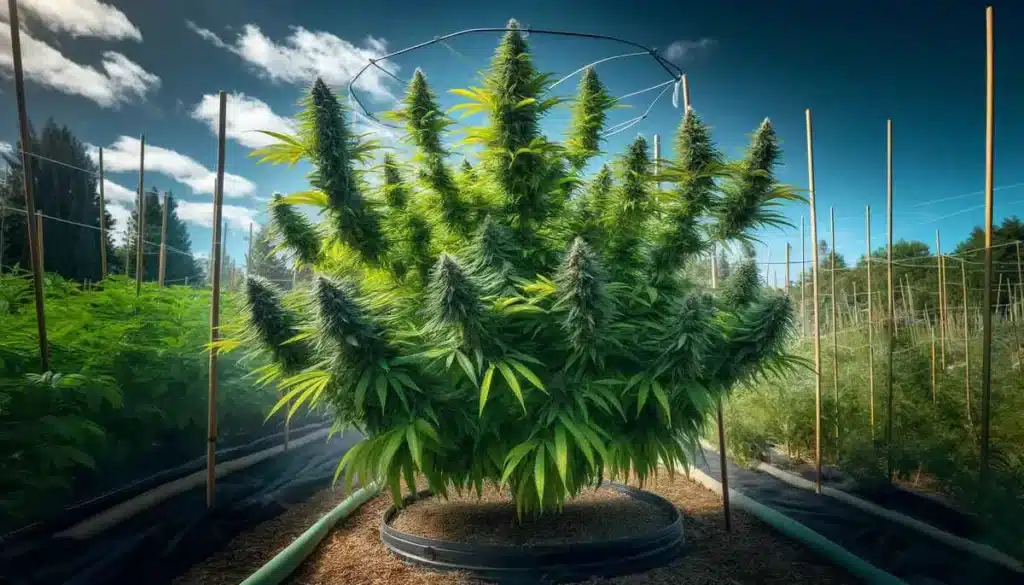
LST vs No LST Autoflower
Introduction to the Comparison
This section explores the impacts of using Low Stress Training (LST) versus not using it on autoflowering cannabis.
Growth Differences Between LST and Non-LST Autoflowers
Autoflower plants with LST often exhibit more lateral growth, which maximizes light absorption. Topping autoflowers is another technique that can be used to further optimize plant structure and increase yields. This growth technique, combined with LST, can significantly enhance overall plant health and productivity.
Yield Comparison: LST Autoflower vs. Non-LST
LST autoflowers typically produce higher yields. This is because the increased exposure to light enhances bud production. Plants without LST may yield less as lower branches struggle for light.
Cannabinoid Profile: Enhanced by LST?
LST can influence cannabinoid profiles by promoting an even canopy. This ensures that more buds develop optimally. Non-LST plants might have uneven cannabinoid distribution due to shaded areas.
Time to Harvest: Does LST Speed Up the Process?
LST may modify the plant’s growth timeline. By training your autoflower, you might notice a more uniform maturation. Untrained plants could have staggered flowering times, affecting the harvest period.
Plant Health: LST vs No Autoflower LST
Trained autoflowers often enjoy better airflow, which reduces the risk of mold and pests. Plants without LST can suffer from poor air circulation, making them more disease-prone.
Ease of Maintenance
LST autoflowers require regular attention and adjustments. This can be labor-intensive. However, plants without training demand less daily work but might need more space and height management.
Expert Opinions on Autoflower LST
Many experienced growers advocate for LST, especially in constrained spaces. They point out that the benefits of increased yield and plant health generally outweigh the extra effort required.
FAQs
What is low stress training autoflower and why is it important?
Low stress training autoflower (LST) is a gentle cultivation technique used to manipulate the growth of autoflowering cannabis plants. By bending and tying down branches, growers can create a flat, even canopy that maximizes light exposure and airflow. This method is especially useful for autoflowers, which have limited time to recover from high-stress training due to their short life cycle. LST helps boost yields, improve bud quality, and reduce the risk of mold or pest issues.
When should I start low stress training on my autoflower?
The best time to start low stress training autoflower is when your plant has developed 4 to 6 true leaves, typically around the third week of growth. Starting too early may damage the plant, while starting too late could miss the ideal vegetative phase. Beginning LST at the right time ensures your plant adapts well and develops a more productive, bushy structure before transitioning into flowering.
How do I perform LST on autoflower plants step-by-step?
To apply low stress training autoflower techniques effectively, begin by gently bending the main stem horizontally and securing it with soft plant ties. As new branches grow, continue tying them outward to maintain an open canopy. Regularly monitor growth and adjust ties to guide the plant’s shape. This approach promotes even light distribution and increases bud sites, ultimately leading to healthier, higher-yielding autoflowers.

